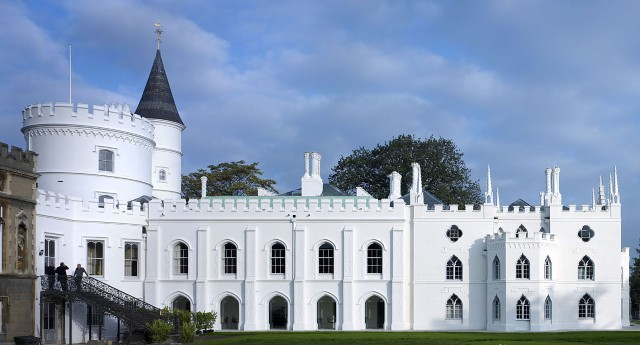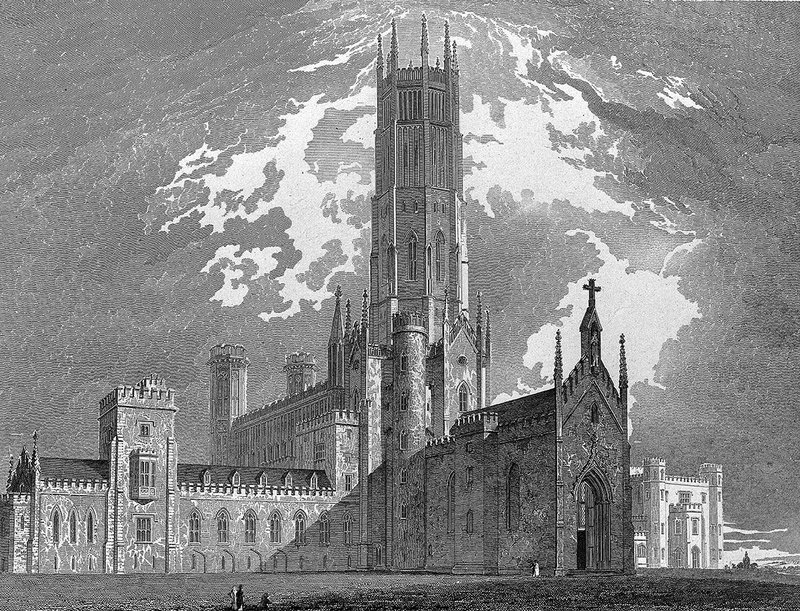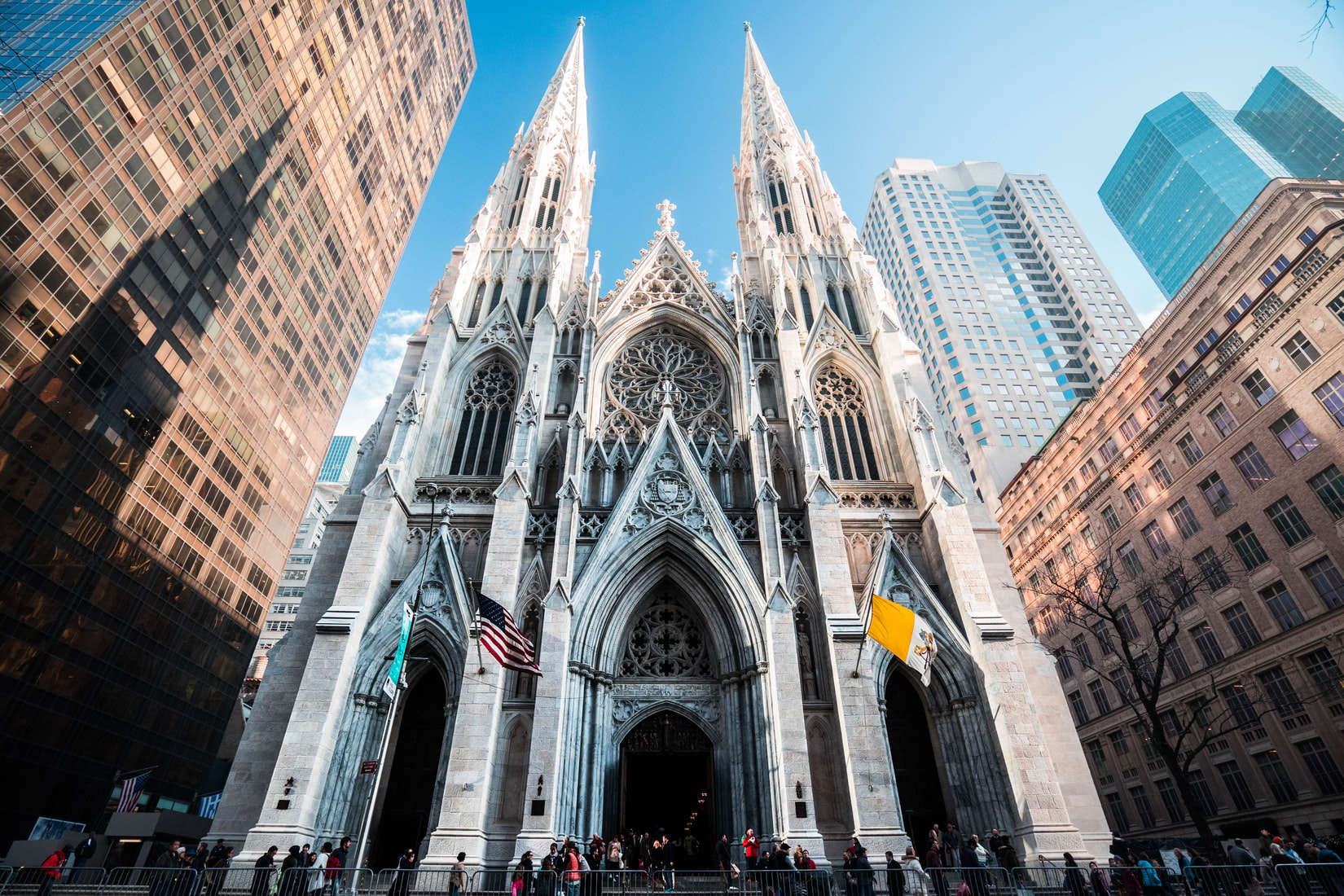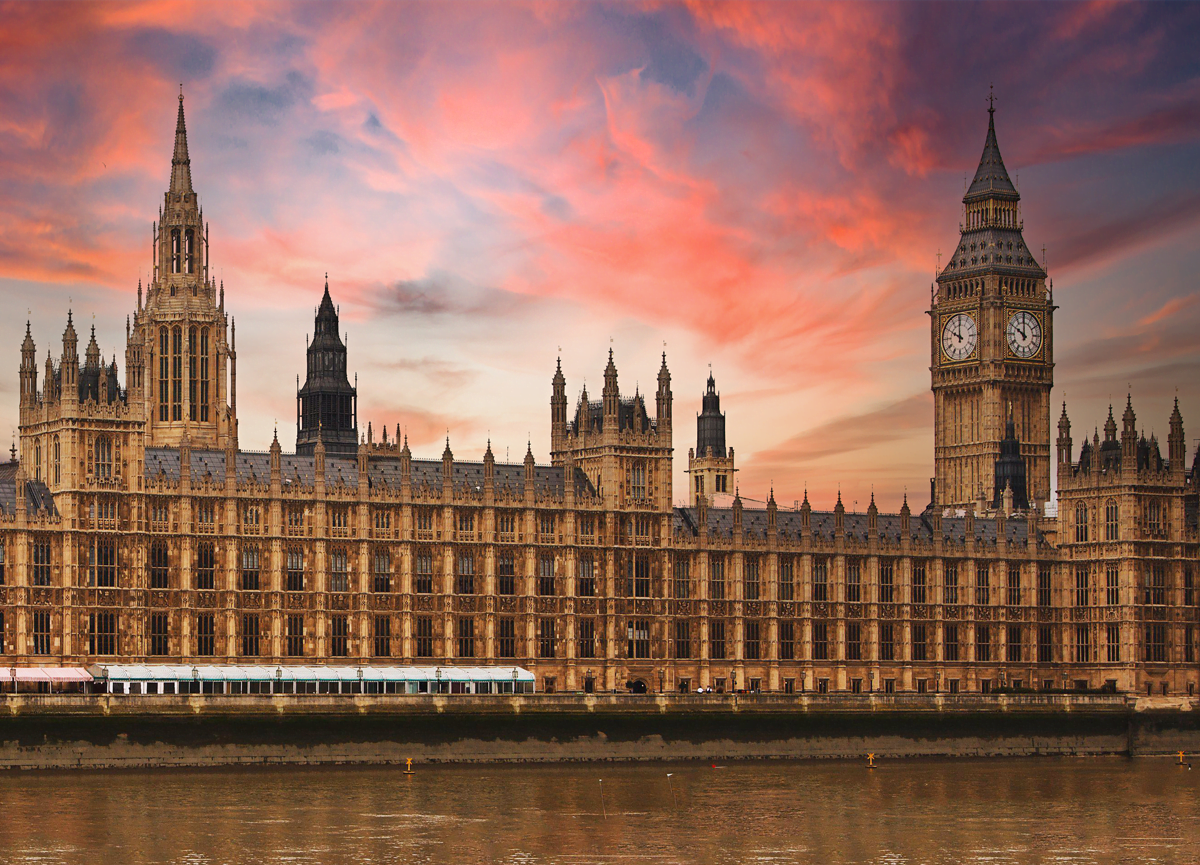5.2 Eclecticism - Gothic Revival
1/10
There's no tags or description
Looks like no tags are added yet.
Name | Mastery | Learn | Test | Matching | Spaced |
|---|
No study sessions yet.
11 Terms
Eclecticism
mixed style, a combination in a single work from different historical styles, albeit sometimes vague interpretations, in architecture, painting, and the graphic and decorative arts
Historicism
idealized past empires and cultures, and used motifs or imitating the work of historic artisans to stimulate national nostalgia
prevalent in architecture: Revival Architecture
Gothic Revival
most popular style in Victorian Britain and the United States during the 19th century.
it developed partly as a response to the severity of Neoclassic architecture
drew features from the original Gothic Style, including decorative patterns, finials, lancet windows, hood molds, and label stops.
parked by a general literary romantic revolution that produced Gothic tales of horror and romances
writings of Pugin and Ruskin; and the advocacy of Viollet-le-duc
Augustus Welby Pugin
architectural theorist who believed that the Gothic style was the true Christian architecture and would facilitate a return to a morally virtuous medieval faith and society.
John Ruskin
proposed that Gothic buildings excelled above all other architecture because of the "sacrifice" of the stone carvers in intricately decorating every stone
Eugène Emmanuel Viollet-le-Duc
argued that architecture should be based on working with the intrinsic properties of building materials, be they traditional or modern.
Strawberry Hill
earliest documented example of the revived use of Gothic architectural elements.

Fonthill Abbey
designed by James Wyatt

St. Patrick’s Cathedral
designed by James Renwick in NY

The Palace of Westminster
by Charles Barry and Augustus Pugin
first major public architectural statement in the Gothic Revival Style.

Carpenter Gothic
America’s counterpart of Gothic Revival
Characterized by wood, scrolled ornaments and lacy "gingerbread" trim
homes have steep cross gables, bay and oriel windows, and vertical board and batten siding.